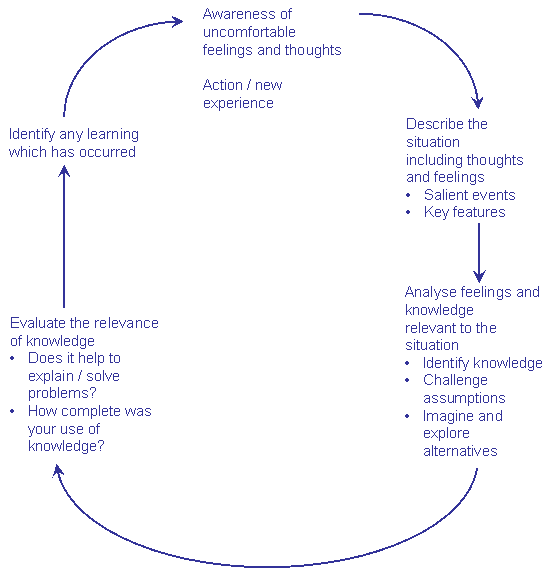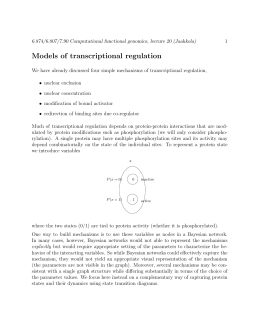
Reflecting on practice
07/08/ · Writing a reflective document: The DIEP framework. DIEP:= Describe -> Interpret -> Evaluate -> Plan. D-Describe. Describe objectively what you learned from the incident; Respond to the question: “What did I observe, hear, and learn from the incident?” I-Interpret. Explain your personal interpretation of the learning you DESCRIBED 1. Reflection DIEP. This assignment required students to select an incident or event in life to reflect upon and write a reflective journal based on a writing strategy. The incident must be described, interpreted, and evaluated. Lastly, the students must state how the learning from that particular incident can be applied in the future placements – or be part of an essay or report. Reflective writing aims to get you to think about and understand your learning experiences. This outline is an approach to reflective writing, using a DIEP strategy. The DIEP strategy The DIEP strategy The four steps in this approach (adapted from Boud, D , Reflection: Turning Experience into Learning) are

Reflective Writing
Reflecting on theory Using the DIEP model Editing Writing reflectively: it is about you – putting the ‘I’ in reflection. Reflective writing gives you an opportunity to think deeply about something you've learned or an experience you've had. Watch the video below for a quick introduction to reflective writing How to use DIEP Use the DIEP process to guide your reflective writing and help you stay focused and on task. Expand all sections Describe 1. Describe the insight An insight is something new that you learned or realised. The insight must be relevant to the course and ideally could change your thinking or behaviour in the future 1. Reflection DIEP. This assignment required students to select an incident or event in life to reflect upon and write a reflective journal based on a writing strategy. The incident must be described, interpreted, and evaluated. Lastly, the students must state how the learning from that particular incident can be applied in the future

Video tutorial
The DIEP strategy The four steps in this approach (adapted from Boud, D , Reflection: Turning Experience into Learning) are to describe, interpret, evaluate and plan The DIEP strategy. The four steps in this approach (adapted from Boud, D , Reflection: Turning Experience into Learning) are to describe, interpret, evaluate and plan. D –Describe objectively what happened. Answer the question: ‘What did I How to use DIEP Use the DIEP process to guide your reflective writing and help you stay focused and on task. Expand all sections Describe 1. Describe the insight An insight is something new that you learned or realised. The insight must be relevant to the course and ideally could change your thinking or behaviour in the future

07/08/ · Writing a reflective document: The DIEP framework. DIEP:= Describe -> Interpret -> Evaluate -> Plan. D-Describe. Describe objectively what you learned from the incident; Respond to the question: “What did I observe, hear, and learn from the incident?” I-Interpret. Explain your personal interpretation of the learning you DESCRIBED 1. Reflection DIEP. This assignment required students to select an incident or event in life to reflect upon and write a reflective journal based on a writing strategy. The incident must be described, interpreted, and evaluated. Lastly, the students must state how the learning from that particular incident can be applied in the future How to use DIEP Use the DIEP process to guide your reflective writing and help you stay focused and on task. Expand all sections Describe 1. Describe the insight An insight is something new that you learned or realised. The insight must be relevant to the course and ideally could change your thinking or behaviour in the future

The DIEP strategy. The four steps in this approach (adapted from Boud, D , Reflection: Turning Experience into Learning) are to describe, interpret, evaluate and plan. D –Describe objectively what happened. Answer the question: ‘What did I The DIEP strategy The four steps in this approach (adapted from Boud, D , Reflection: Turning Experience into Learning) are to describe, interpret, evaluate and plan How to use DIEP Use the DIEP process to guide your reflective writing and help you stay focused and on task. Expand all sections Describe 1. Describe the insight An insight is something new that you learned or realised. The insight must be relevant to the course and ideally could change your thinking or behaviour in the future
No comments:
Post a Comment